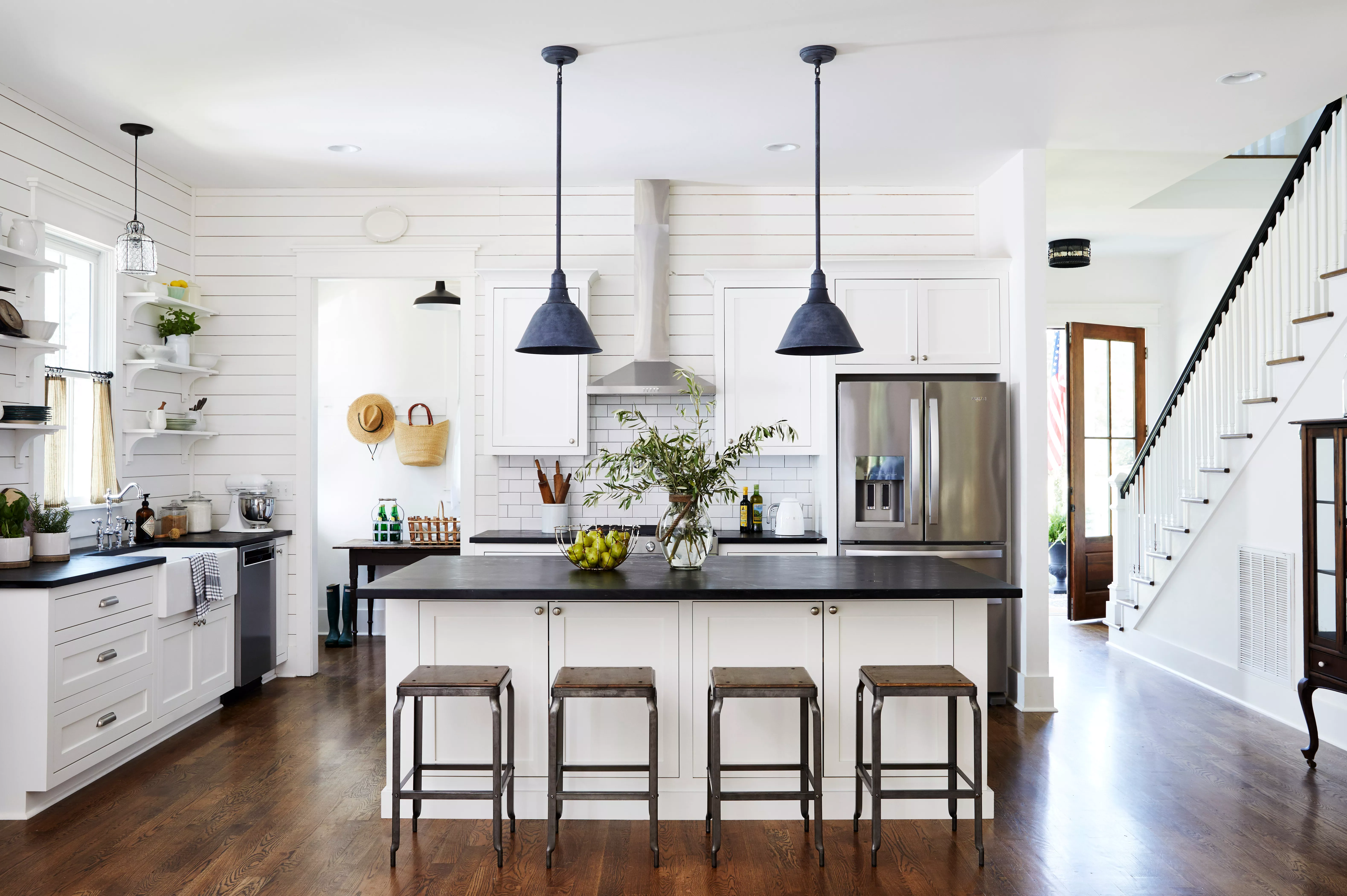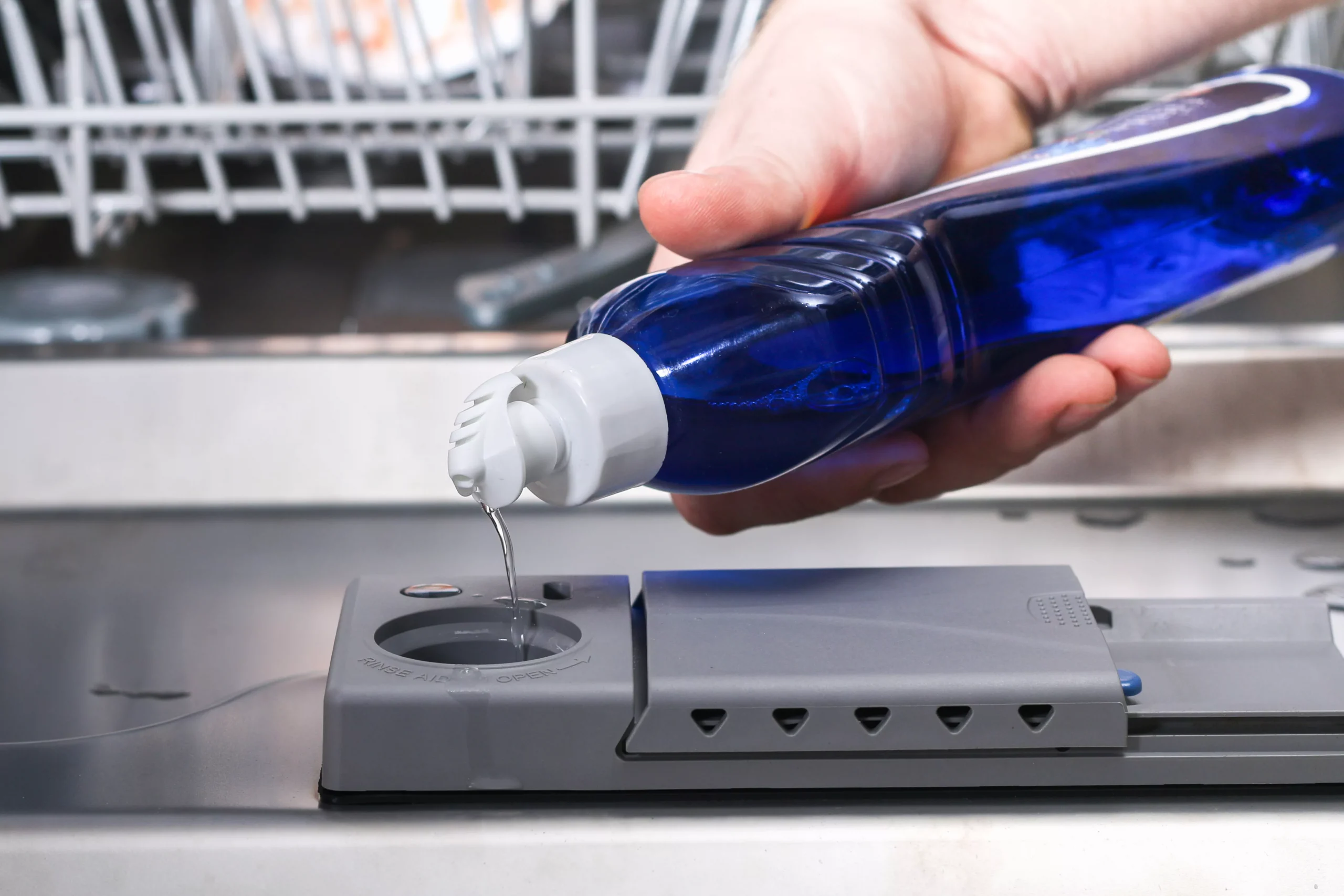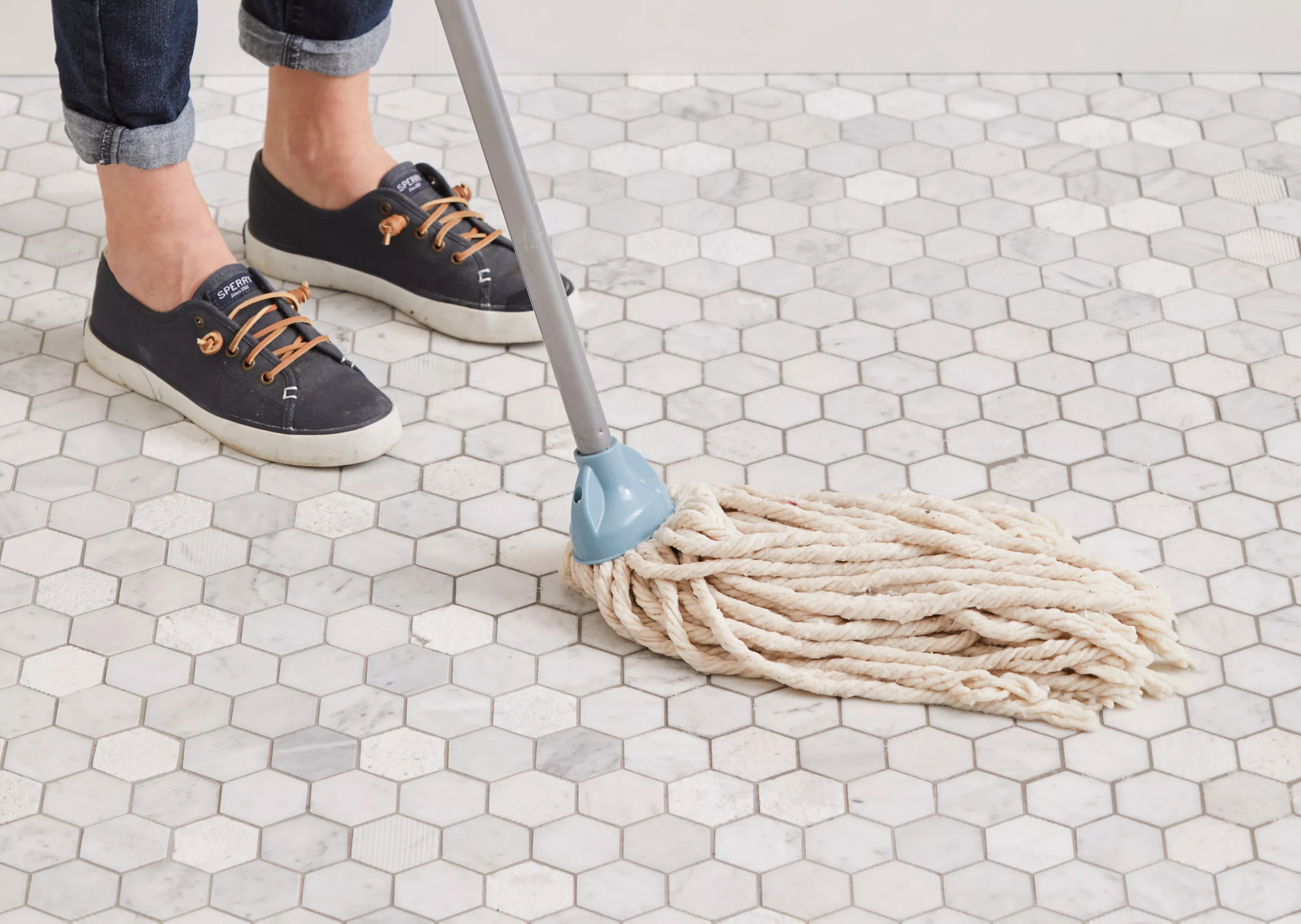
To ensure granite countertops stay as stunning as the day they were set up, you must seal them prior to the very first usage, then reseal them occasionally. Stopping working to do so will make discolorations and damage a lot more likely. Sealing granite is necessary due to the fact that, like a lot of natural stone surface areas, the product is porous and will soak up liquids if left unsealed, typically resulting in discolorations. An appropriately sealed granite counter top isn’t stain-proof, however an unsealed granite countertop resembles a sponge. Follow the steps below to seal granite countertops and prevent the pricey call to the handyman.
Before Getting Started
It’s possible that your granite counter tops are currently sealed. If you’re unsure, you can test granite to see if it’s sealed.
You might believe sealing an already-sealed granite counter top is of no consequence, however doing so might result in a hazy look that compromises the charm of the stone. Even if you understand your granite was sealed upon installation, there’s a great chance it needs to be resealed, specifically if it has currently been more than 1-2 years.
How to Know If Your Granite Needs to Be Sealed
If you’re unsure if your granite requires to be sealed, you can perform a fast test to find out. If the water and oil clean up with no marks left behind, the countertop likely doesn’t require to be sealed. If either liquid left a ring or dark area, the granite needs to be sealed.
Tidy Countertops 24 Hours Before Sealing
If you prepare to get up early on Saturday morning and seal your granite countertops, you must clean them completely on Friday morning to guarantee they have enough time to totally dry. If you try to seal granite counter tops that have been cleaned up too recently, they will not absorb the sealant.
How to Seal Granite Countertops
Tidy the Granite
To clean granite countertops before using sealant, first eliminate everything from the counter top, including all crumbs and debris. Thoroughly scrub the counter top with a sponge and a mix of warm water and dish soap.
If you observe dirt or residue on the fabric, the counter top is still dirty. Clean the granite until no residue reveals on the cloth.
Dry Granite Countertops
Dry the granite with a microfiber fabric. Permit the countertop to air dry for at least 24 hours. Refrain from using the counter top or sink in the meantime.
Check the Sealant
Prior to you coat the totality of your counter tops, discover an inconspicuous area like a concealed corner to evaluate your sealant, following the producer’s directions for application. If the sealant passes the test, continue with the steps below.
If using a solvent-based sealant instead of a water-based variety, open some windows away from the countertop to motivate air flow throughout the sealing procedure. Solvent-based sealants off-gas more VOCs than water-based ranges, requiring more ventilation.
Apply the Sealant
Use the sealant to the granite countertops evenly. To make sure even coverage, use a circular cleaning motion to work the item into the porous grain of the counter top. When the countertop is totally covered, enable the sealant to sit for the allocated time on the manufacturer’s label, which enables the countertop to soak up the required amount of sealant.
Wipe Off Excess Sealant
After the allotted time has actually passed and the sealant has completely penetrated the granite’s surface, clean the excess sealant from the countertop with a dry fabric.
Failing to wipe away all of the excess sealant prior to allowing the counter tops to enter the treating period will result in a hazy appearance post-cure.
Apply Additional Coats (Optional).
If specified by the product manufacturer, use additional coats prior to the treating phase.
Let the Sealant Cure.
Allow the newly-sealed granite to completely treat prior to putting anything on its surface area. For best outcomes, enable the countertops to cure for a minimum of 48 hours, unless otherwise specified by the manufacturer.
How to Seal Other Stone Surfaces.
Granite isn’t the only stone that must be sealed. Natural stones like marble, limestone, travertine, soapstone, and more should likewise be sealed routinely to preserve their type and function. The process of sealing these stones is essentially the same as sealing granite, but you may find some small variations concerning the kinds of sealant to use, the quantity of time to let the sealant sit on the surface before cleaning, and the treatment time. Pay close attention to the item you’re purchasing to guarantee it’s planned for your kind of stone, then follow the manufacturer’s instructions carefully.
How to Maintain a Sealed Granite Countertop.
To preserve your granite countertop after sealing, routinely tidy it with meal soap and water. Prevent cleansing granite with harsh chemical cleaners like bleach and acidic cleaners like vinegar and lemon juice. To assist prevent staining, clean up spills right away. Reseal your granite frequently, using the defined resealing times on your sealant of choice as a guide. Frequently, basic solvent-based sealants ought to be applied every 1-2 years, but higher-quality products might last 3-5 years.




